The lasting legacy of the Victorian philanthropist who funded Victoria Park’s iconic fountain
From the Burdett-Coutts Drinking Fountain to the nearby Burdett Road, the presence of Baroness Burdett-Coutts is clear to see throughout our area.
What would you do if you suddenly came into nearly £300 million? That was precisely the quandary that Baroness Angela Burdett-Coutts faced when she inherited £2 million pounds – £286 million in today’s money – at the age of 23.
Though she had certainly not grown up pinching pennies, the death of her banker grandfather in 1837, made Burdett-Coutts the richest woman in England. Often described as the founder of the modern Coutts & Co, Thomas Coutts was lauded for increasing the bank’s annual profits sevenfold throughout his tenure.
Her sudden accession to unimaginable wealth made her the subject of great interest. She became the personal friend of both Queen Victoria and Charles Dickens and it was the latter who introduced her to many of the philanthropic causes she would later champion.
Over the course of her life, she established numerous funds and organisations that supported the poorest in Victorian society. She is known for creating some of Britain’s first social housing and co-founding the National Society for the Prevention of Cruelty to Children.
While the legacy of Burdett-Coutts’ charitable ventures can be seen across London (she was also responsible for the original Columbia Road Market), nowhere is it more evident than in the East End. In the Victorian period, the East End was described as a place of ‘indescribable squalor’ by author Jennie Chappell, and it was here that Burdett-Coutts devoted most of her time.
In one notable case, she even sent her own solicitor to defend a group of East End costermongers in one of the many legal battles they faced during the 19th century. These costermongers were street vendors who predominantly sold cheap produce to those who could not afford the inflated prices of surrounding shops.
One of the many modern testaments to the lasting legacy of Burdett-Coutts is Burdett Road. Local residents may even remember the facade of the entrance to the disused Burdett Road Station on Bow Common. The station had only been operational between 1871 and 1941, but the entrance remained visible until 1984.
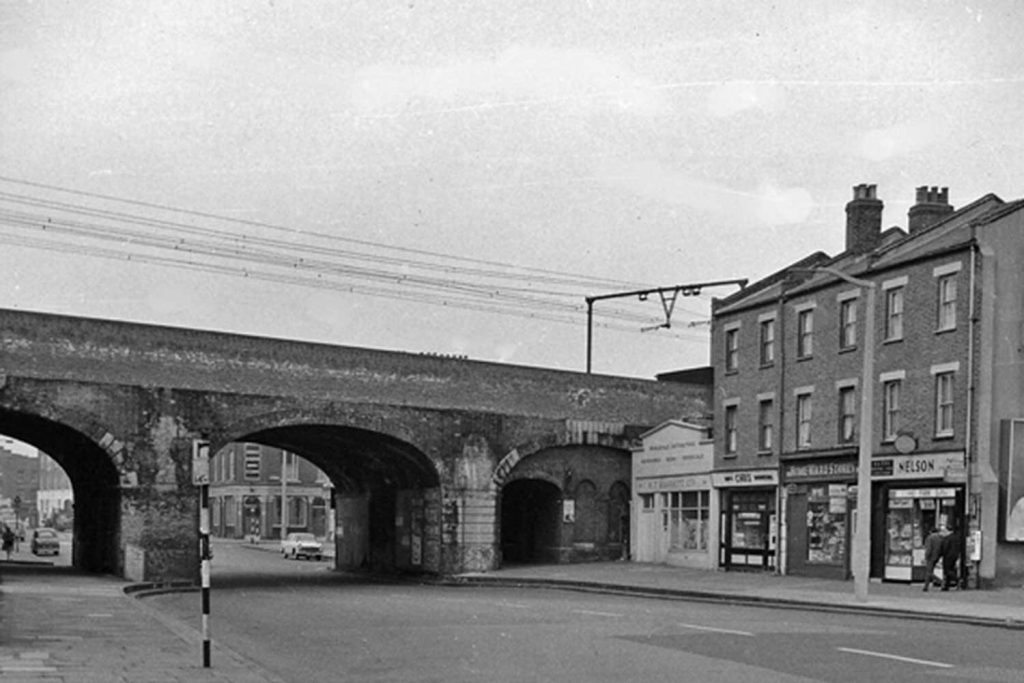
Baroness Burdett-Coutts Drinking Fountain
Any new visitor to Victoria Park will be immediately struck by the formidable marble, granite and stone structure sitting at its centre. The Baroness Burdett Coutts Drinking Fountain – also known as Victoria Fountain – is a Grade II listed landmark that has been a fixture of the People’s Park since 1862.
While nowadays, the Gothic-style fountain is known primarily for its beauty, it was originally envisaged to play a very practical purpose. Designed by Henry Darbishire at Burdett-Coutts’ request, and costing a formidable £5000, the fountain was built to bring much-needed clean drinking water to the people of the surrounding area.
When the fountain first opened in June of 1862, its unveiling was attended by ten thousand spectators, many of whom were local residents. Burdett-Coutts inaugurated the fountain by using water from the fountain to drink to the ‘health, prosperity, and happiness of the whole neighbourhood’. Newspapers at the time stated that it was precisely due to facilities such as the fountain that Victoria Park was the best people’s park in London.
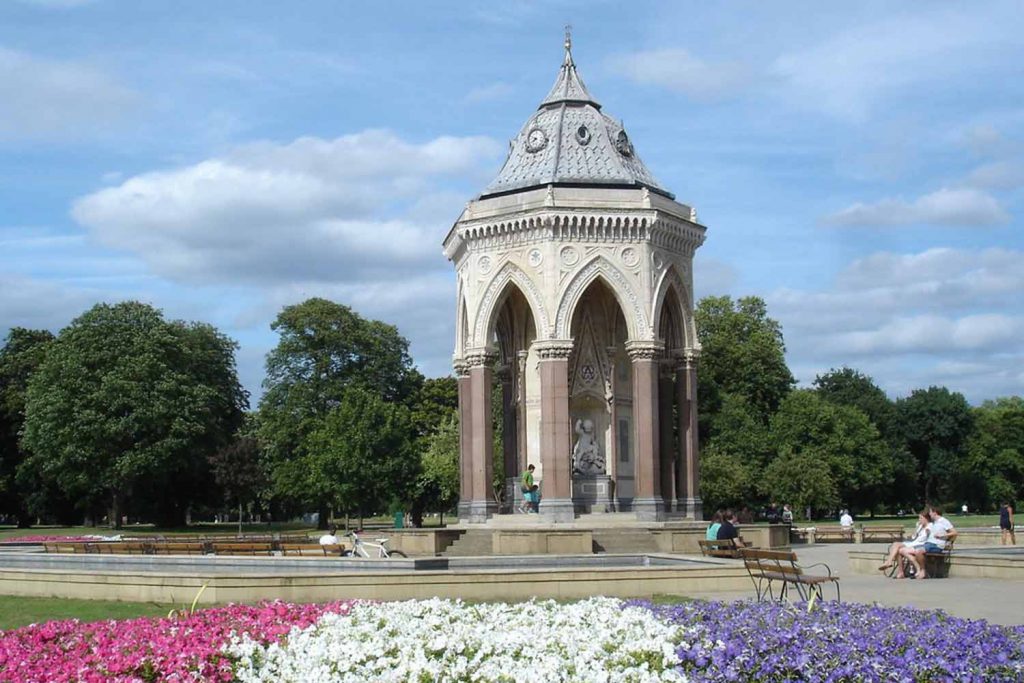
The 1866 Cholera Epidemic
In June 1866, London experienced its final cholera epidemic. The epidemic was concentrated in the East End and took the lives of nearly six thousand people. The source of the outbreak was the East London Waterworks, located in Old Ford. The company supplied water to the majority of East London and negligently continued to pump water from the Lea River, despite its rampant contamination.
Our area was one of the hardest hit by the epidemic. In fact, during just one week at the end of July 1866, 188 people died in Bow. The situation was dire and the Registrar-General’s Report stated that ‘in the midst of this scene the authorities have been to some extent paralysed.’
Amidst the rampant suffering of the epidemic, Baroness Burdett-Coutts was a very visible presence in the East End. As the authorities struggled to manage the outbreak, Burdett-Coutts personally supplied the community with large quantities of food and clean drinking water.
She would go into the East End with a physician, eight trained nurses, and four men tasked with handing out disinfectants. These nurses would treat people in their own homes, which was invaluable to sufferers unable to reach a medical facility.
The Legacy of Burdett-Coutts
Burdett-Coutt’s charitable work undoubtedly left a lasting impact on the residents of the East End. A popular Cockney song from the 1880s included the line: ‘her [Burdett-Coutts’] heart’s as sweet as flowers in May’ and for many years ‘Burdett Coutts’ was the Cockney rhyming slang for boots. This is believed to be because Burdett-Coutts was known for handing out free boots in the East End.
When the Baroness died in 1906, her funeral was attended by 30,000 people, many of whom were members of the local community, such as the Pearly Kings. Over the course of her life, she gave the majority of her wealth, £3 million pounds in total, away to charitable causes.
If you enjoyed this article, you might like our piece on the history of industrial action in the East End.

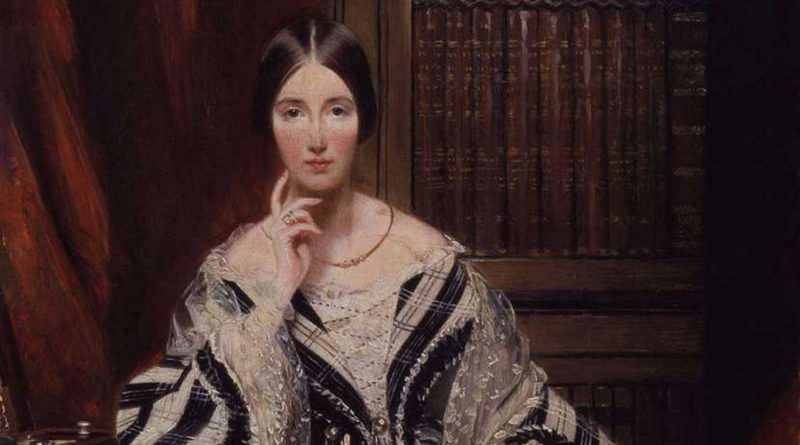
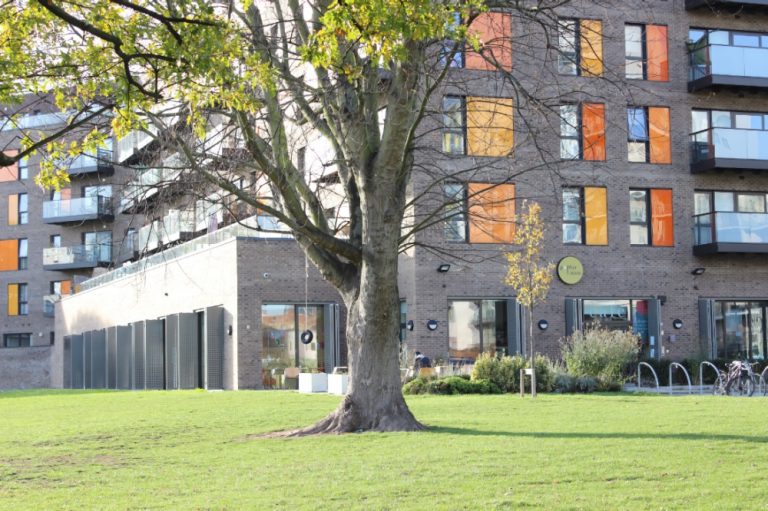

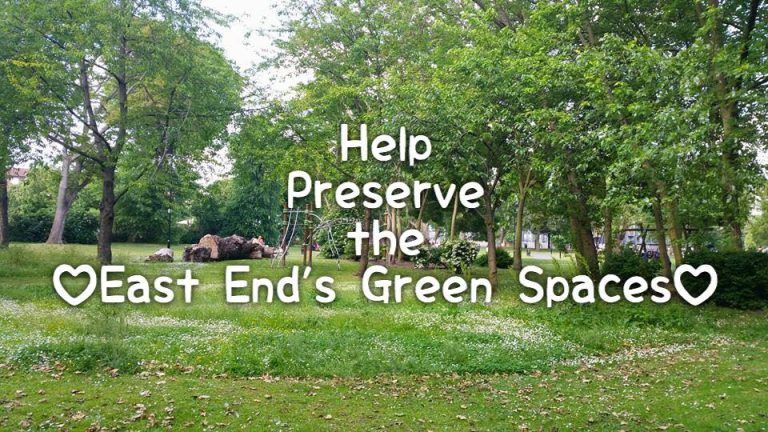
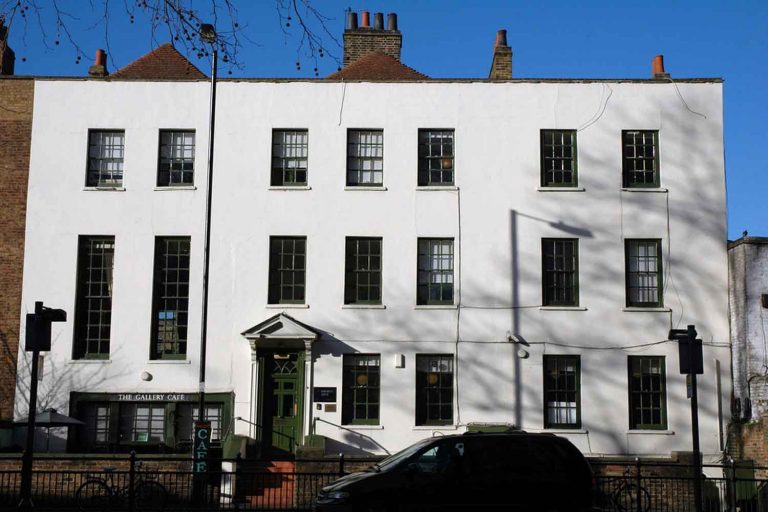



Excellent article. Illuminating a philanthropist I didn’t know existed,